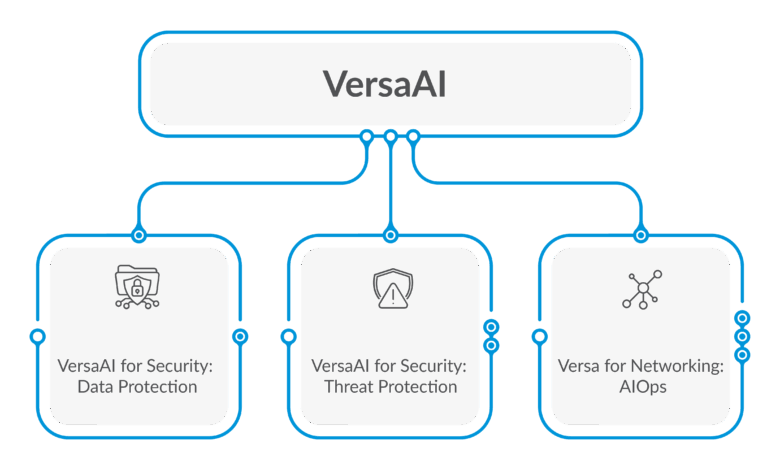
IT leaders are wrestling with new security risks that have emerged with the rapid adoption of Generative AI into organizations’ workflows. They share a common concern: How to leverage the power of GenAI while safeguarding their sensitive data and maintaining security compliance. Added to this challenge is a familiar phenomenon, as businesses are struggling with unrestricted AI platform usage, where employees adopt AI tools without proper oversight. This is nothing more than another incarnation of “Shadow IT” – known as Shadow AI – and it creates risks for data leakage, security gaps, and regulatory violations.
This is not a small problem. A recent survey found that 56% of U.S. employees use GenAI for work-related tasks, with nearly 10% of workers relying on these tools daily. This trend is especially prominent among software developers, content creators (including documentation specialists), and GTM teams. As useful as they can be, what’s not often recognized is the risks associated with these AI tools.
It is critical for security professionals and IT leaders to understand the challenges of GenAI adoption and the strategies to manage these AI risks effectively. Organizations need to pursue actionable strategies to help them implement strong AI governance and compliance, security controls, and real-time monitoring for safer AI use while still enabling employees’ productivity gains.
Security Concerns with GenAI
Intellectual property exposure is one of the most critical concerns. Most commonly developers, but even marketing employees, may inadvertently input confidential source code into AI models, leading to harmful data leaks. Consider if an internal codebase were to become part of the AI’s training data – it could become accessible to others as part of the GenAI input and output process. In addition to potentially compromising the enterprise, this also raises serious compliance and legal concerns, especially in industries with stringent data protection regulations.
In terms of the output received from GenAI, another critical concern is that AI-generated code can introduce security vulnerabilities into the organization. Since these models draw from vast datasets without fully understanding best practices for security, they can produce code with flaws such as weak encryption, improper input validation, or insecure access controls. Developers who over rely on AI-generated code run the risk of introducing exploitable weaknesses into their software, increasing the likelihood of future cyberattacks and data breaches.
The Problem with Shadow AI
These risks are exacerbated when employees adopt AI tools independently without organizational approval. A recent study found that 38% of employees share sensitive work information with AI tools without employer permission. Many access GenAI tools through personal accounts, bypassing corporate security and IT oversight protocols. This unmonitored usage creates a significant risk of data loss, since confidential and proprietary information may be exposed to unauthorized users. With traditional security monitoring systems unable to detect unauthorized AI interactions, organizations may lack visibility into the extent of Shadow AI use. Without proper oversight, employers are susceptible to intellectual property theft, compliance violations, and regulatory repercussions.
How to Secure Shadow AI Usage
To mitigate the risks associated with Shadow AI, organizations need a structured approach that combines governance, security, and monitoring strategies. The following guidelines will help improve data security measures for organizations around AI tool usage:
- Establish AI governance policies – To start, organizations should clearly define approved AI tools and use cases while setting strict data usage guidelines to prevent exposure of sensitive information. It is crucial to implement continuous monitoring of AI interactions to ensure visibility and compliance with security policies and regulatory requirements. Also, organizations need to update their incident response procedures for handling AI-related security incidents. Escalation protocols must be defined for cases of AI-based data breaches with clear remediation actions.
- Enforce security with a GenAI firewall – Deploying a GenAI firewall is essential to monitoring and controlling GenAI traffic. Organizations should implement real-time content inspection to detect and block sensitive data leaks while ensuring that unauthorized data cannot be input into or retrieved as outputs from AI models. Policy-based enforcement should be used to allow only approved AI interactions while blocking any non-compliant or risky usage.
- Conduct AI-specific security awareness training – Employees must be educated about the risks of GenAI and trained in best practices for secure AI usage. Developers should receive training on how to review AI-generated code for vulnerabilities, while all employees should be instructed on clear guidance for approved AI tools and acceptable use policies.
By integrating governance, security, and continuous monitoring, organizations can effectively leverage the benefits of GenAI while maintaining security, data privacy, and regulatory compliance. A proactive approach to risk management ensures that AI adoption remains innovative, productive, and secure.
Conclusion
GenAI presents massive opportunities for business innovation and efficiency, but its adoption must be managed responsibly. Companies that proactively address the security risks of AI usage, including Shadow AI, through governance, data protection, and continuous monitoring, will be best positioned to leverage AI safely and effectively. Even with strong governance in place, organizations need advanced security measures to prevent unauthorized AI interactions and data leaks, including an advanced GenAI firewall to control and monitor all GenAI traffic.





